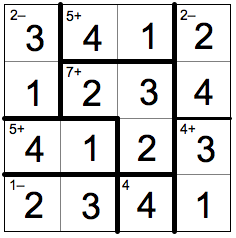5280 Math Content Guide
GRADE 2
CMP Content Guide: Intro Grade 1 Grade 2 Grade 3 Grade 4 Grade 5 Grade 6 Grades 7 and 8
Suggestions for Getting Started
Click on a prompt to get either (1) an enlarged pdf that you can display or copy, or (2) a page of supporting notes. I am working on writing supporting notes for every prompt, but this will take time. Feel free to request prompts that you would like me move to the top of my list!
Notice that Creative Math Prompts do not have directions. You and your students decide what questions to ask. Prompts that have supporting notes will give you some ideas, but don’t be afraid to explore the prompts that don’t have notes yet!
Watch for prompts that make connections across topics. They appear in more than one content category.
Explore beyond your grade level. Depending on your students and your curriculum, prompts from one or even two grades before or after the grade you teach may sometimes work better than the ones listed here! Also, the prompts are very open-ended, so you may be able to continue using prompts that have already been used by teachers at earlier grade levels!
Read about tips and suggestions for Using Creative Math Prompts.
Contact me if you have a new idea for a Creative Math Prompt, especially for the few content areas that lack one. I will give you credit!
CONTENT
CREATIVE MATH PROMPTS
Place Value
grouping by tens and hundreds; computation strategies (for example, adding 9 by calculating “number + 10 – 1” or “number – 1 + 10”; representations (number grids, base-ten blocks, numerals); extend to ten-thousands; tenths and hundredths with coins
Addition
meanings, representations, and models; number stories; strategies and algorithms; properties; doubles; three or more addends
Note: The middle prompt also appears in Grade 1. There are plenty of new ideas for Grade 2 (or even Grade 3) students to explore!
Subtraction
meanings and representations (take away, comparison) and models; number stories; strategies and algorithms (including place value based methods such as trade-first), properties; making change
Addition-Subtraction connections
fact families; missing-addend subtraction, properties; stories (including dollars and cents)
Algebra and Patterns
visual patterns; counting patterns; doubles and halves; complements of 10; even-odd patterns; properties of numbers and operations; equivalent names for numbers; rules
Measurement
tell time; elapsed time; non-standard linear measures; measure with rulers (inches and half-inches); begin to explore perimeter and area
Fractions
Halves, thirds, and fourths (as words); parts of one whole; begin to explore equivalent fractions



















